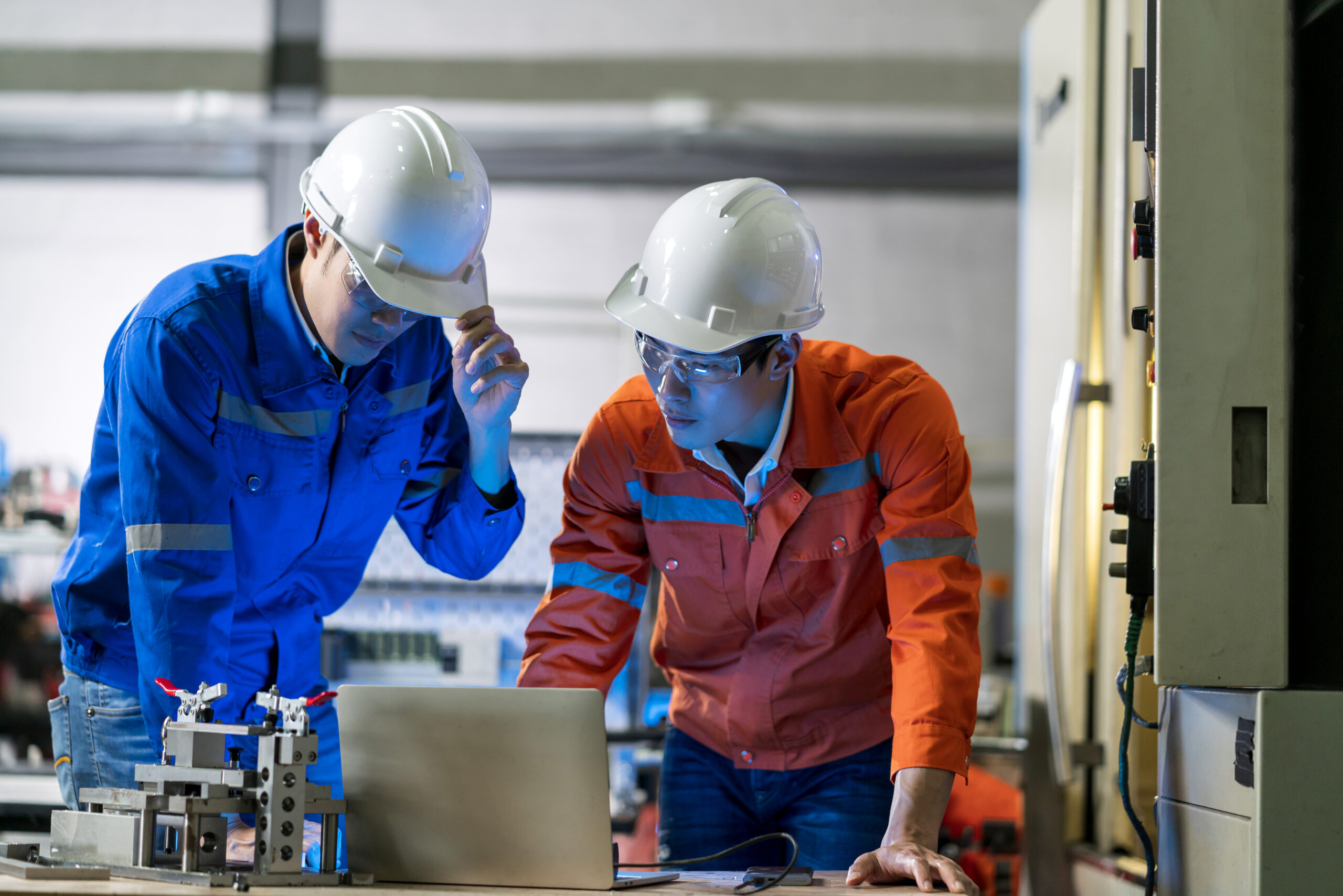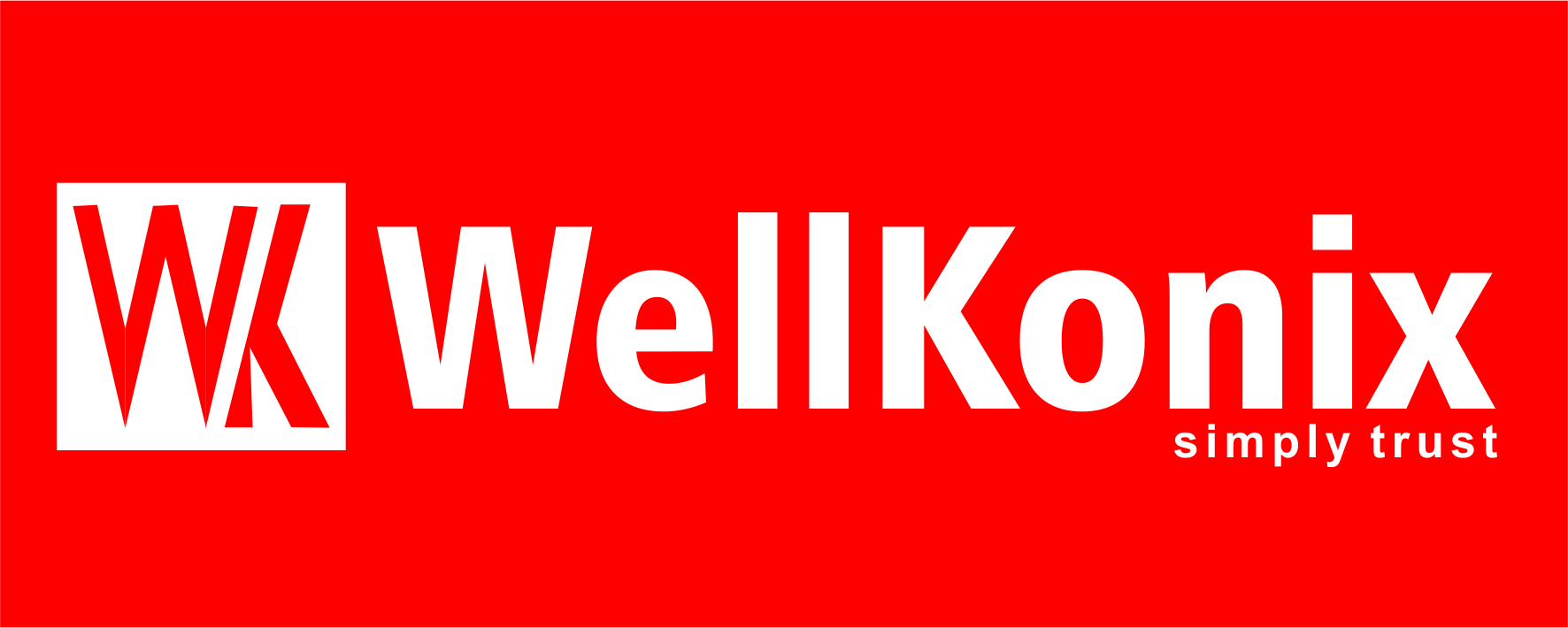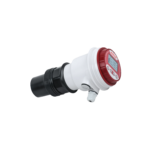Ultrasonic Level Transmitter
PM
Features
- Fault self-diagnosis technology, realize real-time fault self-diagnosis
- A variety of working conditions algorithm selection, improve environmental adaptability
- High measurement resolution
- Fast response, the fastest response time
- Automatic temperature compensation
The ultrasonic level transmitter is a universal device with a fully digitalized and humanized design that leverages the benefits of several level measurement equipment. Its man-machine communication, data transfer, and level monitoring are flawless.
01
Introduction to Ultrasonic level transmitter
Perfect level monitoring, data transfer, and man-machine communication are features of the MP ultrasonic level transmitter. Strong anti-interference capabilities, unrestricted upper- and lower-limit setting, online output regulation, and on-site notification are among its features. A non-invasive and precise technique for determining the liquid and solid levels in tanks, vessels, and pipelines is ultrasonic level measuring. In order to measure a medium, this technology sends out high-frequency sound waves that pass through it and return to the sensor reflected back. The distance between the sensor and the medium's surface is ascertained by measuring the time it takes for sound waves to bounce back and forth. A digital signal processor subsequently processes this data to provide an accurate level reading. In situations where conventional level measurement methods would not be appropriate—such as corrosive or dangerous conditions or situations where the medium being measured is extremely viscous or prone to foaming—ultrasonic level measurement is frequently utilized.

02
Ultrasonic Point Level
Sensors
It works by emitting high-frequency sound pulses across a space and then measuring the time it takes for those pulses to return as they echo off any nearby objects. The time elapsed between the initial signal and the return echo can then be used to calculate the distance between the sensor and an object.

03
Applications of Ultrasonic Level Sensors
Ultrasonic sensors are also used as level sensors to detect, monitor, and control liquid levels in closed vessels (such as chemical plant drums). Most notably, ultrasound technology has enabled the medical industry to image internal organs, identify tumours, and ensure the health of babies in the womb.
Principle of Ultrasonic level transmitter
When an ultrasonic wave encounters a solid-liquid interface with varying densities, it is reflected, and the transmission time is calculated to determine the liquid’s level and distance. Ultrasonic level transmitters operate based on the principle of sound wave reflection. The transmitter emits high-frequency ultrasonic pulses toward the surface of the medium (liquid or solid) being measured. When these sound waves encounter a surface with a different density, such as a liquid-air or solid-air interface, they are reflected back to the sensor.
The transmitter then calculates the time taken for the sound waves to travel to the medium and return (echo time). Using the known speed of sound in air, the device determines the distance between the sensor and the medium’s surface.
Technical Specification
Product
Ultrasonic level transmitter
Model
WK-PM
Measure range
5, 10m (others optional)
Blind zone
0.35m
Accuracy
±0.5%FS
Display
LCD
Output (optional)
4-20mA RL<500Ω
RS485
2 relays
Measuring variable
Level/Distance
Power supply
(18-28) VDC (others optional)
Power consumption
<1.5W
Protection degree
IP65(others optional)
Applications
Accessories
Documents
Technical Datasheet_Ultrasonic level transmitter_En_V1_2023
User Manual_Ultrasonic level transmitter_En_V6_2023

Wellkonix global commitment to the Chemical Industry
Wellkonix is the world leader in automation solutions to the chemical industry. As a global player, we have strong local support in any region that you run your business
Solutions
automation
Project execution
Providing solutions of every kind, at all times in chemical industries
Wellkonix engineers were all very affected person and cooperative during the early engineering and start-up phases. We labored as one team thru to the completion of this plant project





